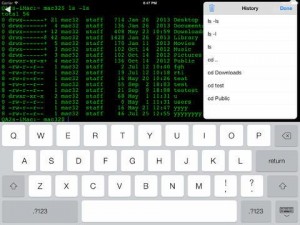To gain access to an EXEC session to an IOS for configuration and administration, you can use the following methods:
- Console: Out-of-band CLI access via a rollover cable connected to the COM port of your terminal PC.
- Auxiliary: Out-of-band CLI access via rollover cable connected to external modem for remote access.
- Telnet: In-band CLI access to an active IP address on the device’s vty lines using the Telnet protocol. Requires configuration.
- SSH: Secure encrypted in-band CLI access to an active IP address using the SSH protocol. Requires configuration.
- HTTP/HTTPS:In-band GUI access to an active IP address using the HTTP or HTTPS protocol. Requires configuration.
IOS Boot Processes
To solidify the startup process, the following is a recap of the stages of the bootup, any fallback procedures, and the memory locations involved:
- POST located in ROM tests hardware.
- Bootstrap located in ROM looks at boot field in configuration register to locate IOS. 0x2 100 boots to ROMmon located in ROM.
- 0x2 101 to 0x210F prompt bootstrap to parse startup-config in NVRAM for any boot system commands. If there are any commands, do what they say.
- If no boot system commands, load first file in flash. If no file in flash, TFTP boot. If no IOS file found from TFTP, go to ROMmon mode.
- After IOS is loaded, check configuration register. If 0x2 142, ignore startup-config in NVRAM. If 0x2 102, load startup-config in NVRAM. If no startup-config, TFTP autoinstall. If no TFTP autoinstall configuration found, enter Setup Mode.
| IOS Navigation Modes | ||
| Mode | Prompt | Description |
| User EXEC | Router> | Basic troubleshooting and verification |
| Privileged EXEC | Router# | All available commands, including delete,
clear, erase, configure, copy, andreload |
| Global configuration | Router(config)# | Configurations that apply to the entire device |
| Line configuration | Router(config-line)# | Configurations that apply to the terminal lines
into a device |
| Interface configuration | Router(config-if)# | Configurations that apply to interfaces |
| Subinterface configuration | Router(config-subif)# | Configurations that apply to logical extensions of
the physical interface |
| Router configuration | Router(config-router)# Configurations that apply to routing protocols | |
| VLAN configuration | Switch(vlan)# VLAN-specific configurations in switches | |
Terminal Editing Keys
Cisco IOS Terminal Editing Keystrokes
Keystroke Function
Ctrl+A Moves the cursor to the beginning of the command line.
Ctrl+E Moves the cursor to the end of the command line.
Ctrl+B Moves the cursor back one character.
Ctrl+F Moves the cursor forward one character.
Esc+B Moves the cursor back one word.
Esc+F Moves the cursor forward one word.

